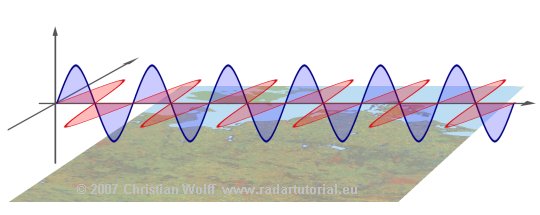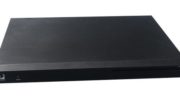It’s interesting. I was recently asked this question by a customer and I was surprised that there wasn’t much information on the internet about it. So, I set out to remedy that.
Combining antennas
You might want to combine antennas for several different reasons. The most common reason: you live between two major cities and you want to get signals from both. You could use an omnidirectional antenna, but those have limited range. Putting up two antennas will help you get long distance signals from two different directions. You’ll find one of my most popular articles here, where I show how it can be done with parts from Solid Signal.
Front-to-back
I recently did some testing that showed that you could mount an antenna backwards if you were willing to accept some loss. If you are directly between two cities this could actually be an option for you. I would say, before getting a second antenna, try mounting one antenna and seeing if you get signal from the front and the back. Depending on the antenna you might not even need a second one.
However in most cases with modern antennas, you’ll find that it’s really better to use two antennas.
Distance on the same mast
This is the real heart of the story. Can you put two antennas on the same mast? It’s done all the time. There isn’t a hard and fast rule because in most cases it doesn’t matter. Here’s why.
Horizontal polarization
TV signals are horizontally polarized. We all know that signals are just sine waves. TV signals go from side to side, like the red lines in this picture.

So for the most part one antenna placed on top of another isn’t going to interfere much. However, I do tend to give people a suggestion and it’s always worked out for me:
The space should be the height of the antenna
That’s what I tend to tell people. If the antenna is 2 feet tall, put a 2-foot gap between the two antennas. I don’t really think this has a lot of benefit but it could stop any residual interference from bent directors or reflectors on the antenna. It also helps with distributing weight on the mast itself, which is probably the more important concern. Larger antennas can be very heavy.
Use the right mast
I would make sure you are using a nice sturdy galvanized mast, perhaps 1.5″ outer diameter or larger. Most antennas will let you use that size mast, but make sure the antenna that you want will work.
Also make sure that you mount the mast as securely as possible because two antennas will increase the amount of wind loading. If you are in a windy area, you might consider a tower instead. Solid Signal’s reps can help you with a quote on that, just call them at 888-233-7563.
Choosing the right antennas
Putting up two antennas is just one of the ways you can get great free TV. If you’re just starting your journey into the world of over-the-air antennas, the folks at Solid Signal can help you with tons of free tech support and a service where our techs will recommend the right antennas for you! It’s all part of the great service we provide.





